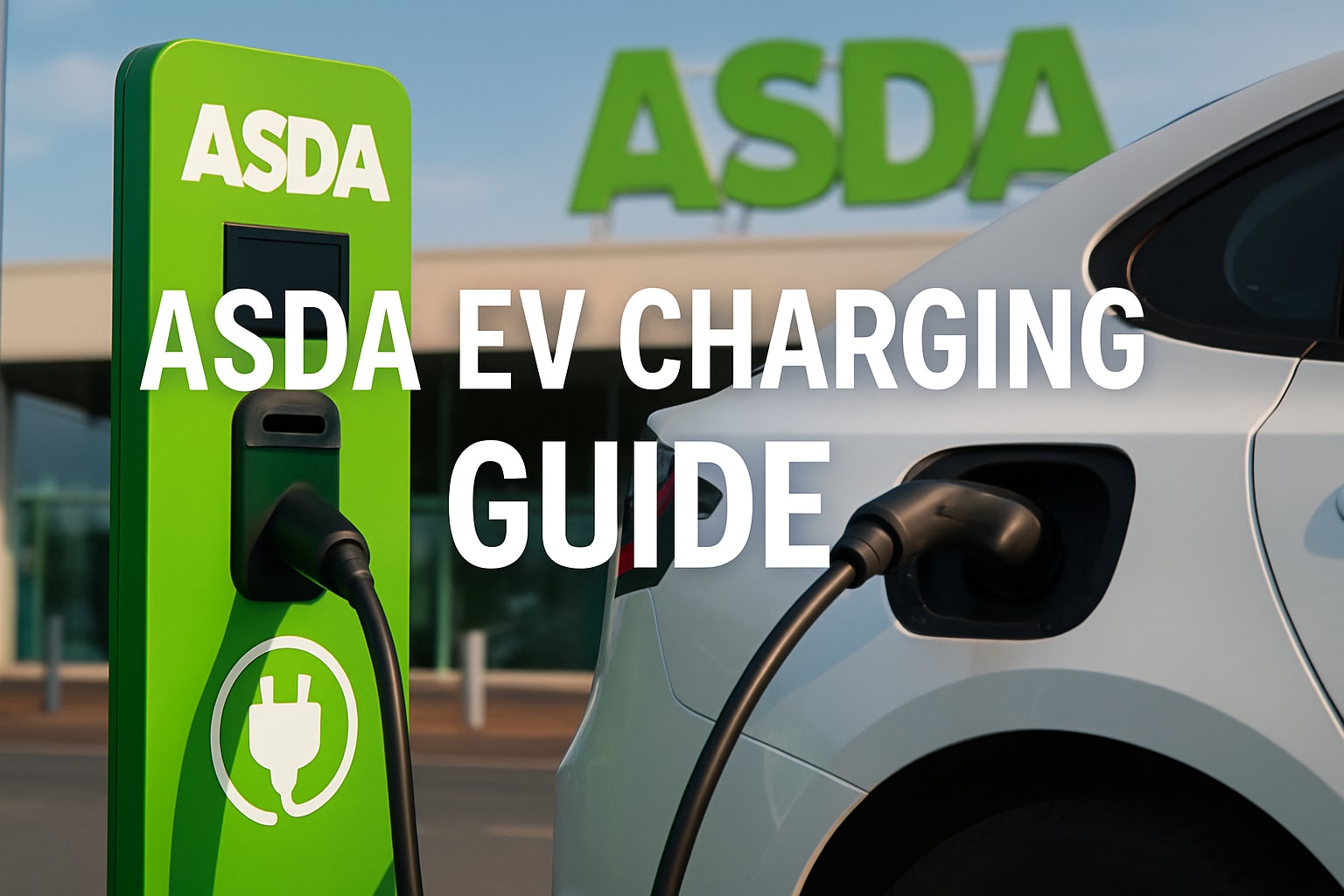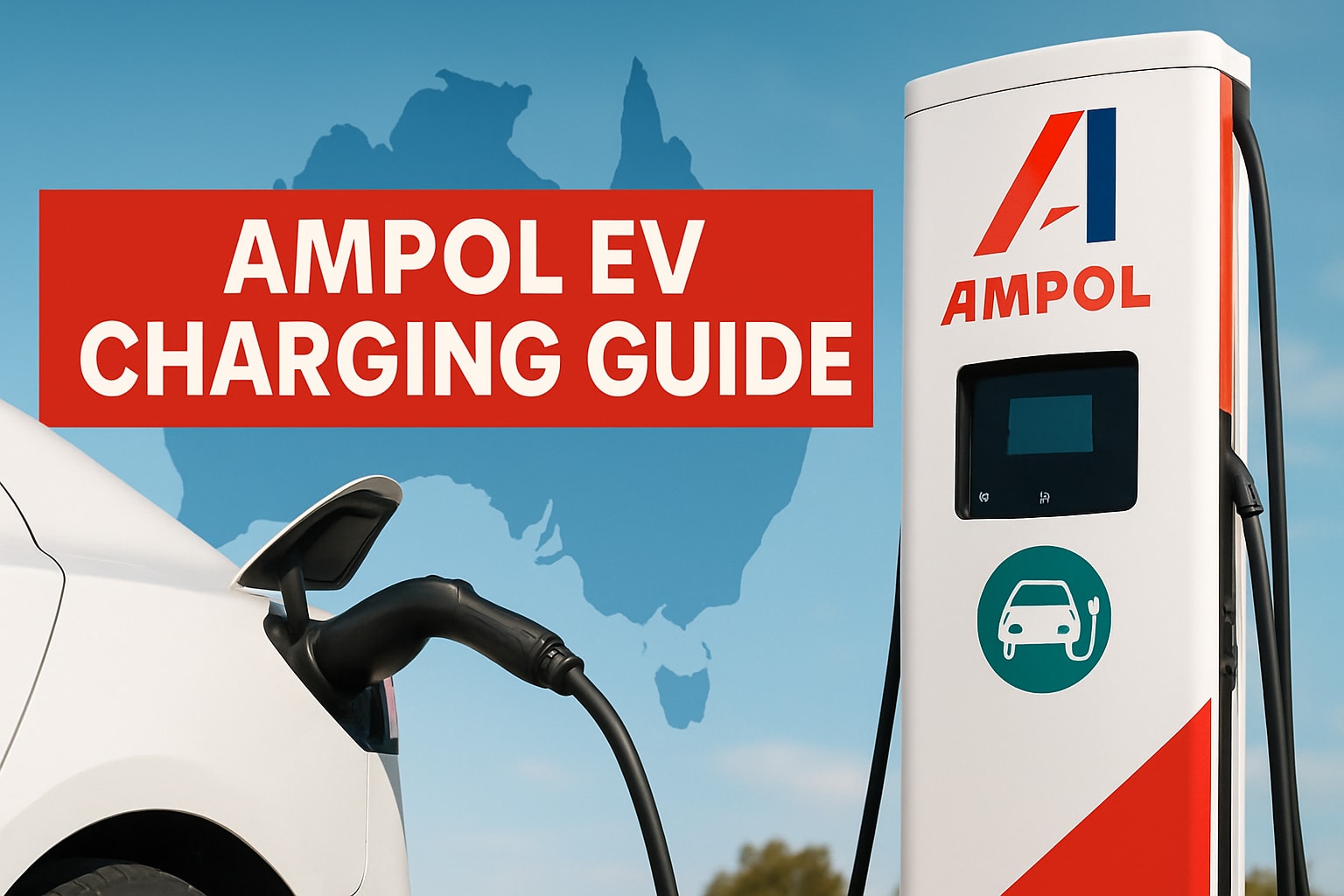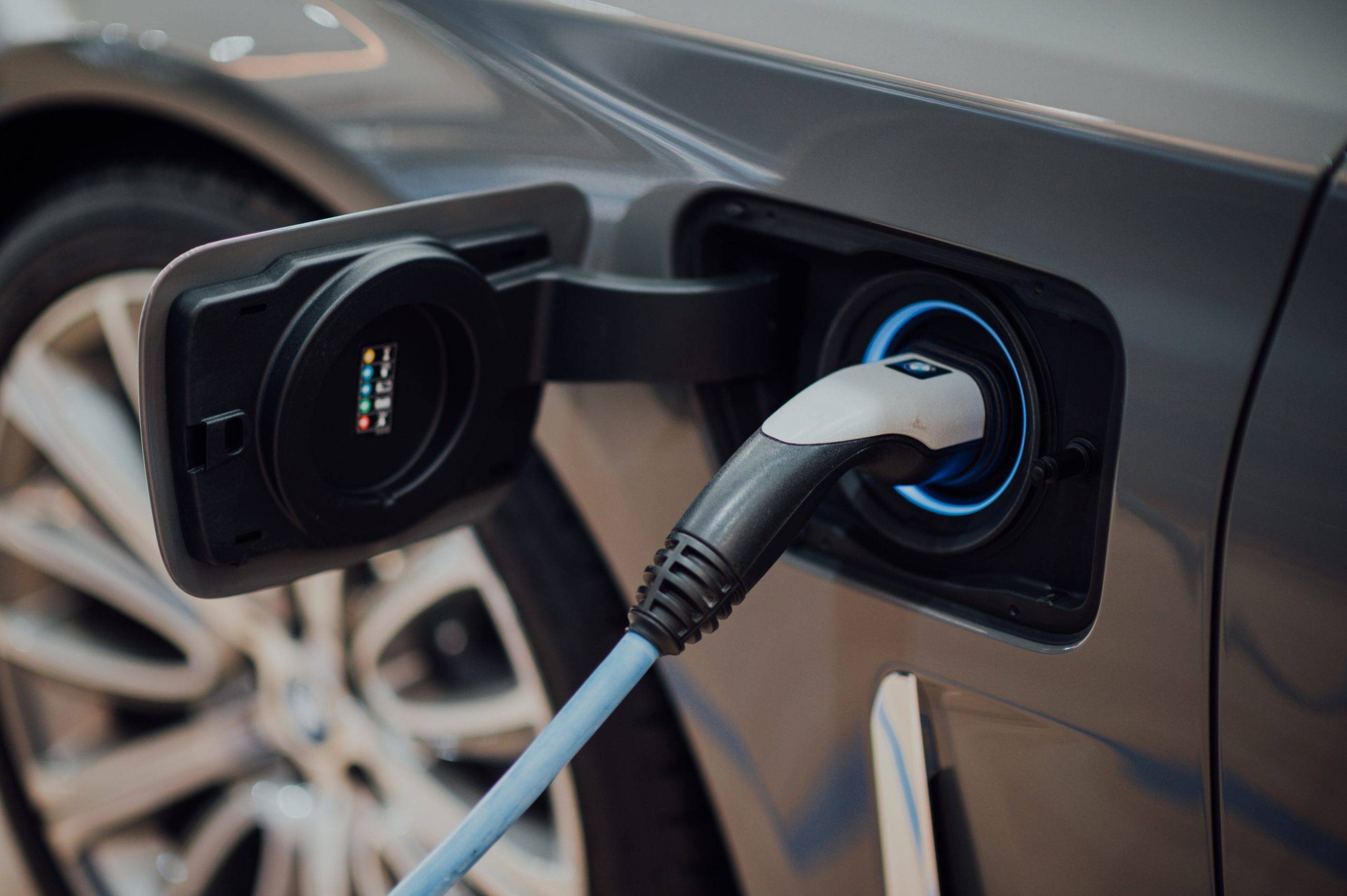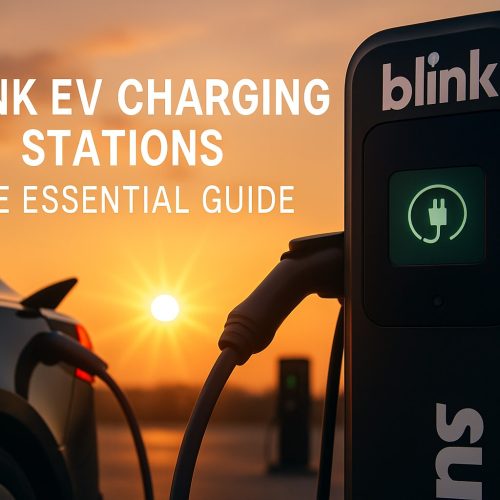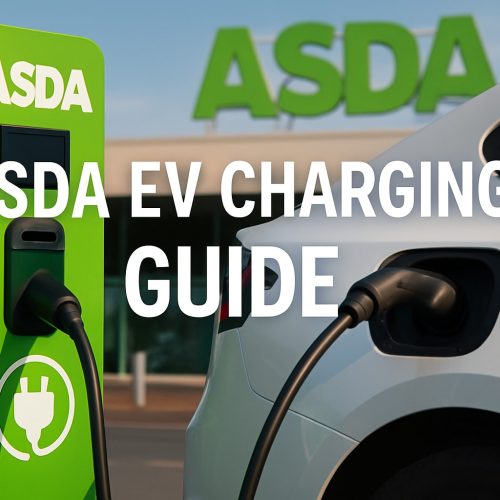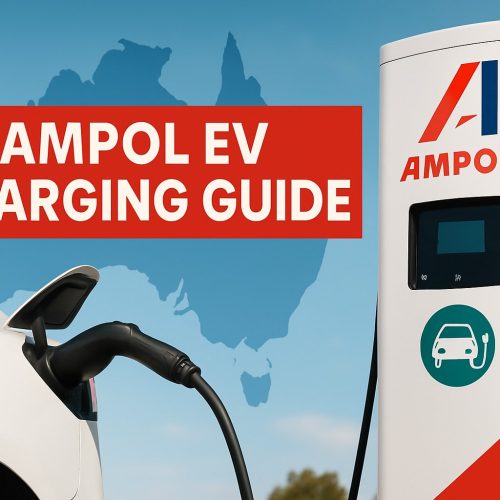Key Takeaways 📌
- GivEnergy EV Charger can be integrated with Home Assistant using the Cloud API.
- An API key is required for the integration.
- The setup involves editing the
secrets.yamlandconfiguration.yamlfiles in Home Assistant.- The integration allows for monitoring and control of the EV charger.
Introduction 📜
Electric Vehicle (EV) chargers are becoming increasingly smart, offering various ways to integrate them into your smart home ecosystem. One such smart charger is the GivEnergy EV Charger, which can be seamlessly integrated with Home Assistant using its Cloud API. This article will guide you through the process step-by-step.
Getting Started: Generate an API Key 🔑
Before diving into the Home Assistant configuration, you’ll need to generate an API key from the GivEnergy portal. Log in to your account and navigate to ‘Account Settings’ -> ‘Manage Account Security’ -> ‘Manage API Tokens’. Generate a new token and make sure to copy it to a safe location as you’ll need it for the integration.
Editing the secrets.yaml File 📝
Once you have your API key, the next step is to add it to the secrets.yaml file in Home Assistant. Open the file using the File Editor add-on and add a new line for the GivEnergy API key. The line should look something like this:
give_energy_core_api_key: "Bearer YOUR_API_KEY"
Replace YOUR_API_KEY with the actual API key you generated.
Modifying the configuration.yaml File 🛠️
Now, you’ll need to add some lines to the configuration.yaml file to enable the integration. You can find the necessary code snippets on the Speak to the Geek website. Copy and paste them into your configuration.yaml file and save the changes.
Restart Home Assistant 🔄
After saving the changes, validate your configuration through the ‘Developer Tools’ and then restart Home Assistant to apply the new settings.
Adding Controls to the Dashboard 🎛️
Once Home Assistant has restarted, you can add controls and sensors related to the GivEnergy EV Charger to your dashboard. Create a new card of the ‘Entities’ type and paste in the pre-made entity card code, which you can also find on the Speak to the Geek website.
Monitoring and Control 📊
The integration allows you to monitor various aspects of the EV charger, such as its mode and state. You can also control it through switches in Home Assistant. Note that the sensors update every 15 seconds to minimize API calls.
Local Control vs. Cloud API ☁️
At the time of the video, local control of the GivEnergy EV Charger was still under development. The Cloud API serves as a workaround, requiring an internet connection as Home Assistant communicates with GivEnergy servers, which in turn communicate with your charger.
Conclusion 🎯
Integrating your GivEnergy EV Charger with Home Assistant using the Cloud API is a straightforward process that offers you greater control and monitoring capabilities. As local control options become available, you’ll have even more flexibility in how you manage your EV charging needs.

